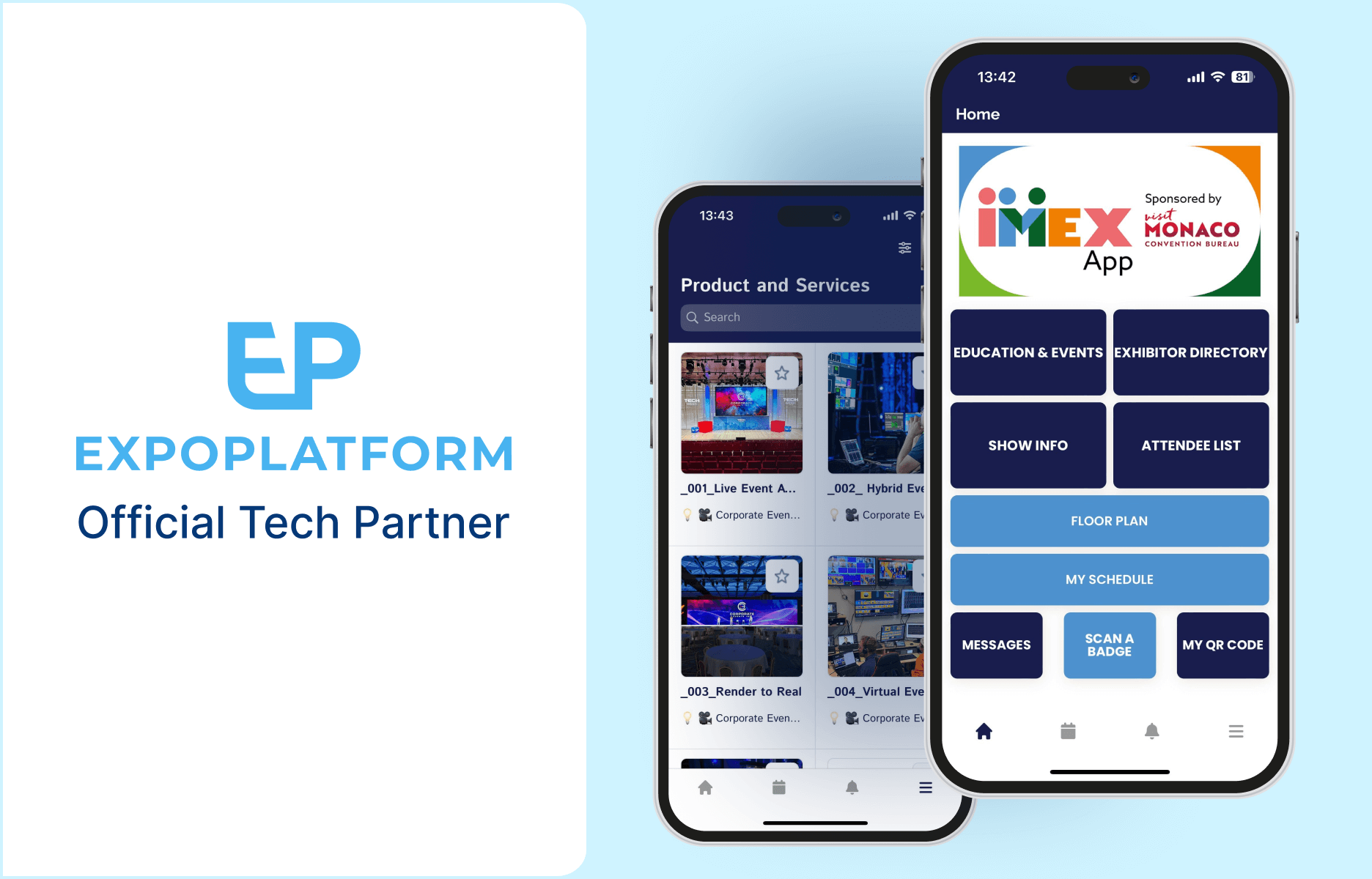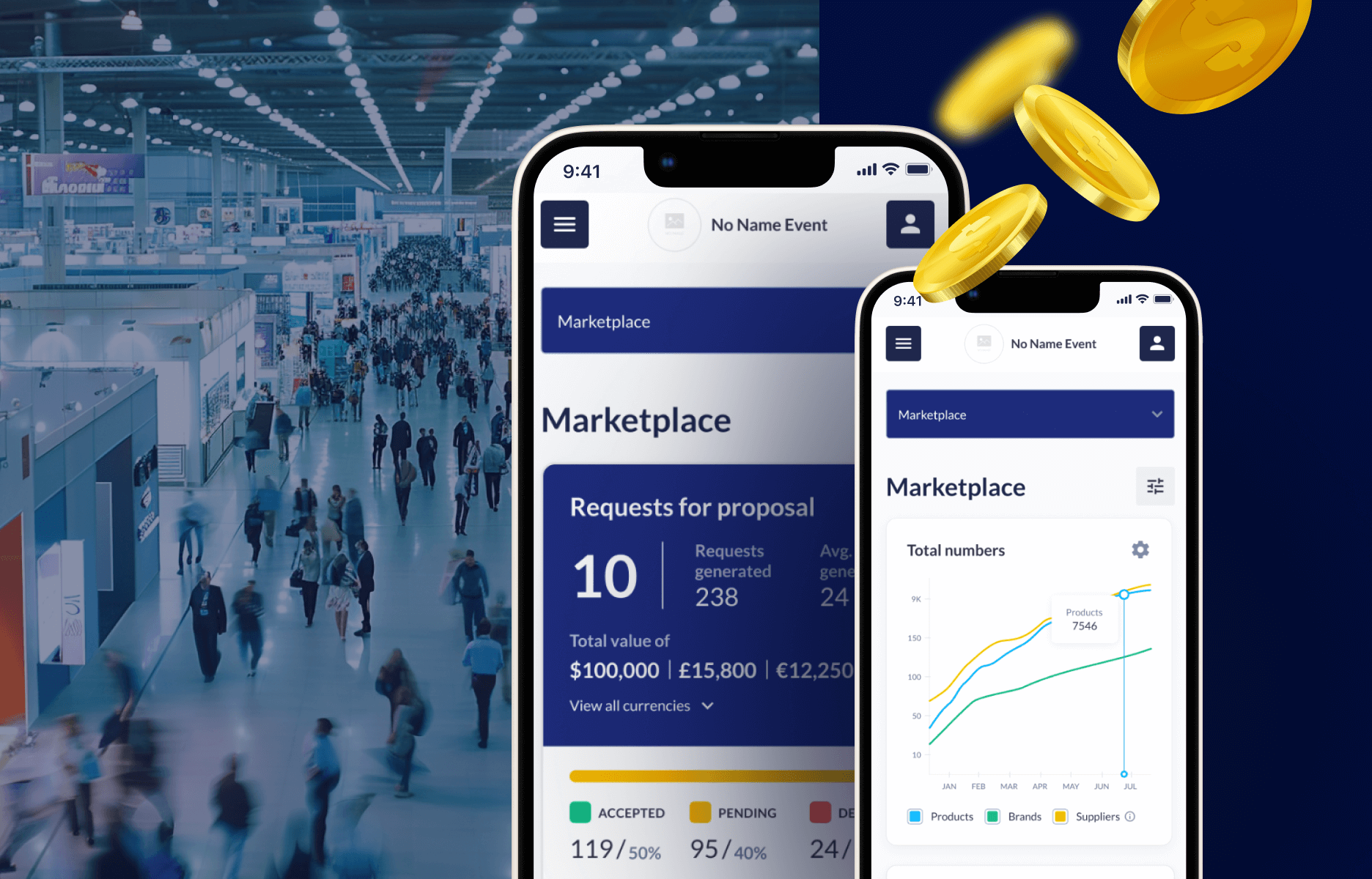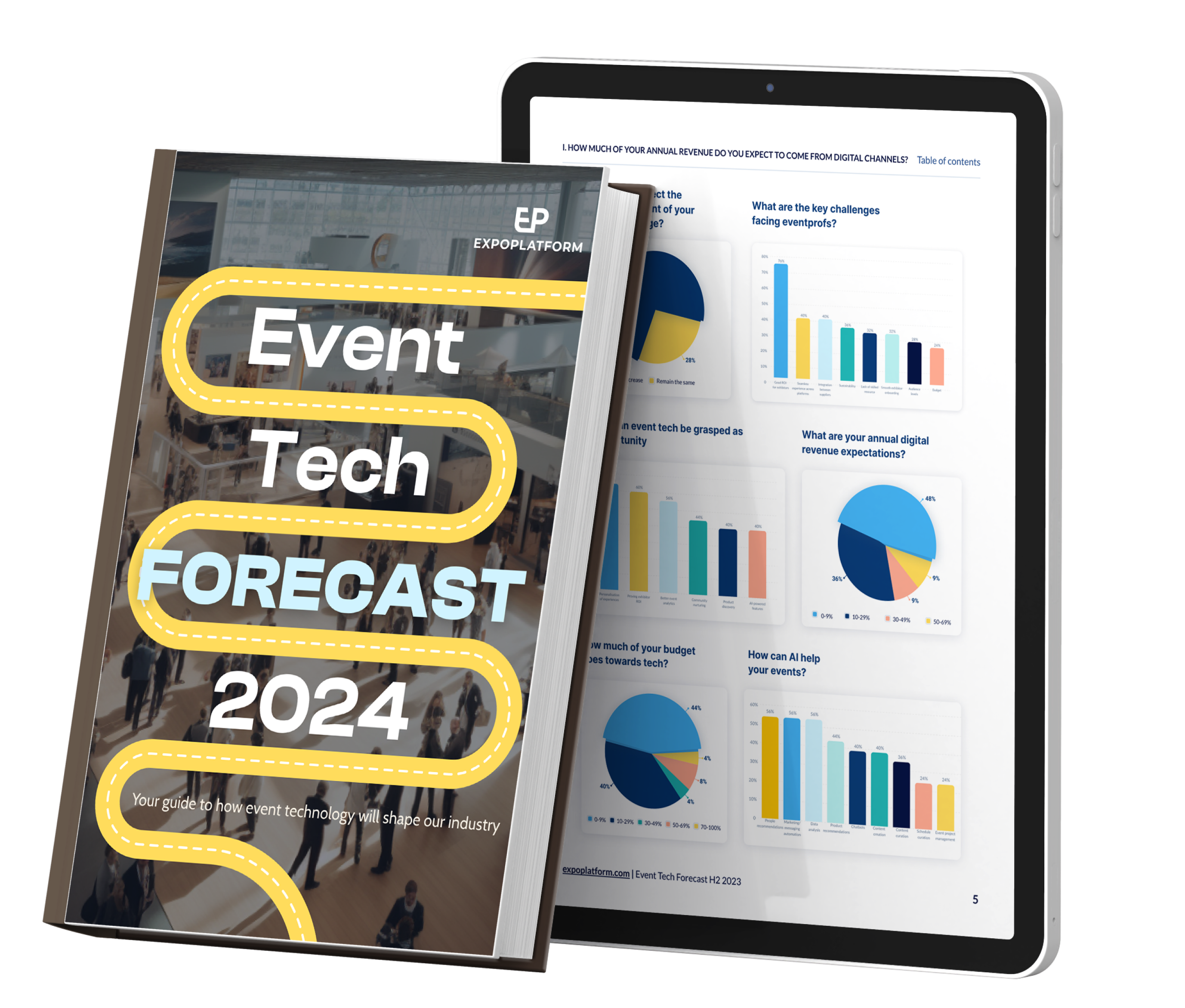
Carry the true value of your events online
The value of online connectivity and workflow applications has multiplied significantly under Covid-19, with record numbers of people working from home and managing projects remotely. The impact of such technology has also reverberated around the event industry, with travel restrictions and safety concerns inhibiting physical interaction.
By offering an alternative way to connect people and businesses during this unprecedented crisis, virtual events now feature heavily in the year-round plans of the event community. The Covid-19 outbreak has accelerated the appeal and value of an event’s digital components.
Drawing on observations and feedback from our collaboration on dozens of online events over the last four months, we have realised how virtual events complement traditional event model by addressing their pain points.
Complementing traditional trade show model with virtual events
Online events provide year-round networking opportunities to event attendees, i.e. pre-event, during the event, and post-event. In fact, combined with event technology and a smart matchmaking algorithm, virtual events can allow attendees to reach more relevant people in less time, without any physical limitations. They can also lead to cost and time savings from a commuting perspective since global accessibility allows them to transcend geographical limitations.
Additionally, online events resolve the issue of content perishability – a big limitation of traditional event models. They enable attendees to access on-demand videos and downloadable content at any time and place. Virtual events are also comparatively easy to set up and measure ROI. Sophisticated event technology tools enable quicker lead generation and provide real-time insights. This opens the door for scaling up the virtual monetisation strategy, offering additional streams of revenue.
Read our complete guide to virtual event monetisation here.
Choose the right event model – LinkedIn vs. Amazon
There’s a subtle catch here. To use these advantages to the fullest, you must have clarity on the kind of virtual trade show you want to set up. It is important to choose a model that will power the exhibition without creating unwanted hindrances. This choice depends on the industry you are serving, the size and type of audience, the kind of content you wish to make available, the nature of interaction you want to facilitate, and the ultimate event objective.
For example, is your aim to replicate a LinkedIn-type environment, whereby the event’s primary objective is networking and knowledge/content sharing through the formation of online communities with shared interests? Or would you prefer your online component to serve the transactional and distribution needs of the community, akin to Amazon’s online marketplace, featuring such tools as e-referrals (e.g. buyers who liked this product also liked this)?
If both of these elements are the focus of your event, then you could adopt a combined approach. Regardless of the model chosen, your event-tech support partner can help you in introducing as much or as little of each element, depending on the requirements of the event.

Preserve the elements of a live event
It is worth considering that a full departure from the traditional event model might do more harm than good. Live events take place within a defined time period. Their online components may endure throughout the year, but if they are not anchored to an actual ‘event’, then they lose their essence. A trade show is typically staged over the course of a few days with room for attendee engagement, connection-building, learning opportunities, and negotiation. By extending this indefinitely you remove the feeling of urgency and potentially reduce this activity.
Additionally, it is crucial to tailor the event experience for attendees, based on their objective of attending the event. This, along with other relevant information, can be collected from the registration data as well as their online activity and used for creating a stimulating virtual event environment and crafting relevant customer journeys.
Ask yourself: 3-D – Is it worth it?
It is also important not to get carried away in adding elements for their face-value or aesthetic appeal. Every aspect of an event should enhance the experience for attendees rather than encumber it. The focus should be on removing pain points of the traditional event model and avoiding the introduction of new ones. Few questions that should be considered: Is a walking avatar or a 3D version of the online event space really needed? Isn’t the endless walking at trade shows not one of the more annoying elements? Does your technology introduce unnecessary steps or accessibility?
Once the above prerequisites of the transition have been thought out, you must lay out the process of onboarding your exhibitors and buyers. Focus on their problems and objectives for attending and build the event around them. Educate your team to move away from selling square metres to selling values. Virtual trade shows not only offer a cost-effective means of continuing an event in times of crisis, but they also present some form of event insurance, by guaranteeing an online platform for doing business, learning and networking, in case a physical show is unable to take place.
There's more you might like

New tech features to fuel a more seamless IMEX Frankfurt
A new and improved suite of digital features will be introduced at IMEX Frankfurt to turbocharge a seamless experience for attendees. Work has been going on behind the scenes to optimize and improve tools – provided by official tech partner ExpoPlatform – for the show taking place May 14 – 16. Here’s a look at ...

Global MICE Collaborative makes a comeback
Leading event associations have re-introduced a key initiative amid a new landscape with “significant opportunity” for “fresh thinking”. The Global MICE Collaborative (GMC) – launched in 2018 – previously had to pause operations indefinitely due to the pandemic. It has now made a comeback with a range of educational and training events for meeting professionals. ...

Budget smarter: essential tradeshow cost guide
Tradeshows are becoming more expensive to organise. Geopolitical tensions are affecting supply chains and economic uncertainties are pushing upward pressure on inflation. In addition, rising venue rental costs and wage pressures are weighing down on already constrained budgets by companies demanding measurable outcomes and demonstrable ROI. Organisers have their task cut out – manage the ...

